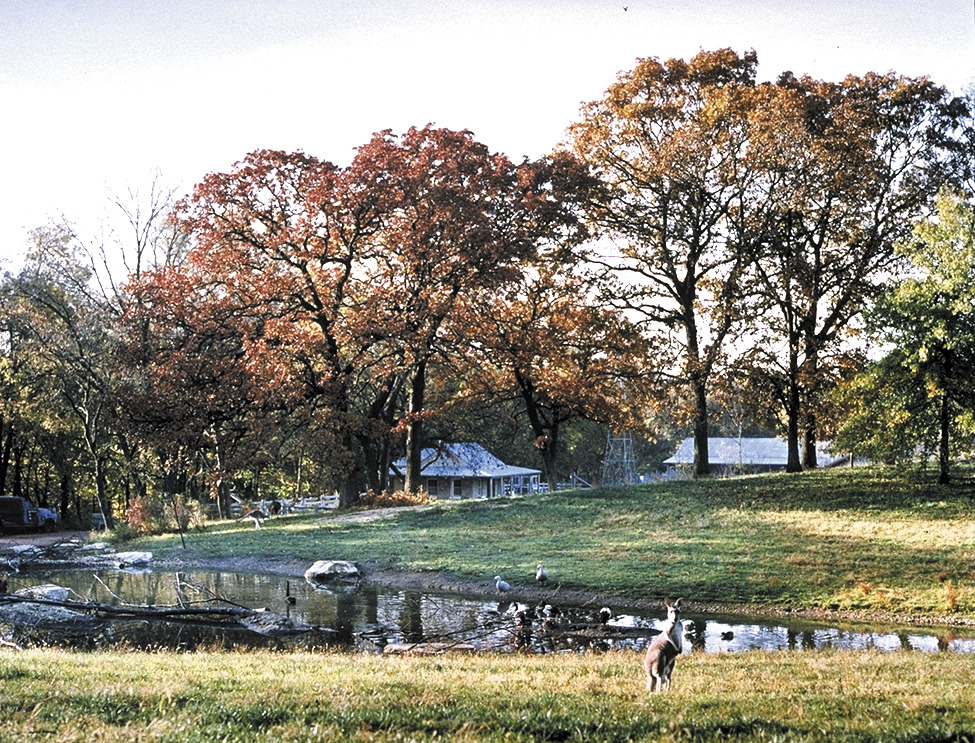Kansas City Zoological Gardens Sustainable Master Plan

Information
- Size 200 acres
- Services Architecture
- Project Type Campus Planning
The Kansas City Zoological Gardens Sustainable Master Plan and Development was BNIM’s first major effort to adapt sustainability goals to a large complex project. Based on the firm’s research, the client expanded their focus from simply the design of an education facility to initiating a comprehensive master plan that embraced the Zoo’s natural environment as a classroom and met and supported both the Zoo’s mission and the animals’ basic needs.
The development of the Comprehensive Master Plan for 180 acres was a multi-year, multifaceted proactive design and implementation process. BNIM, along with the Zoological consultant, guided the concept development, including species selection, budgeting, evaluating site conditions and opportunities, providing multiple schematic design layouts, and testing and retesting new exhibit and visitor participation concepts. This work culminated in a Comprehensive Master Plan that incorporated all aspects of the design effort, including detailed design standards for sustainability and conservation.
Impact + Innovation
Environmental stewardship pervaded the comprehensive “Sustainable Design Guidelines” that defined the Zoo’s development. These Guidelines pre-date USGBC/LEED efforts by more than a decade and were developed simultaneously to the AIA Committee on the Environment’s efforts to define sustainability as it related to the profession. The firm led educational seminars, which involved national experts and sustainable leaders, for the many design and construction teams, as well as the client, to help teach and inform them about sustainable design.
BNIM was the lead designer for the major exhibits including the African Plains Exhibits, the Australian Exhibit and the Deramus Education Pavilion, which went on to receive a 1999 AIA COTE Top Ten Projects Award.

Process
As leader of the Master Plan and architecture team, BNIM oversaw the work of more than a dozen independent exhibit design teams and 23 construction projects. The plan acquired both city and public support, resulting in a $50 million bond issue that focused on the creation of the natural animal habitats organized by continent, and on a visitor experience that was based upon immersion into authentic habitats.




